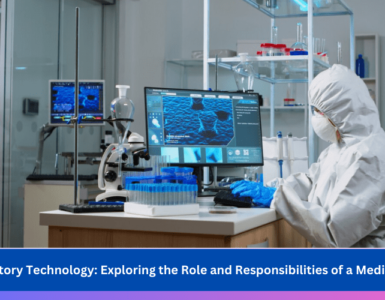Meta: Focusing on digital engineering is most important. Leaders opt for digital transformation initiatives and innovative techniques. The most important is the fastest production time.
In the aggressive marketplace today, aligning with the demands of the consumer and delivering a solution offers a competitive advantage. In the manufacturing process following traditional methods, using specific processes helps haul tooling and fixture. It leads to smaller sizes of production, and most of the time the product runs out of stock. Organizations experience productivity hindrance, decelerated product lifecycle development, and increased expenses by enacting hectic procedures. Advancements in technological and digital shifting help manufacturers overcome issues.
Why switch to additive manufacturing?
Additive manufacturing is the digital technology of stacking physical materials in layers to build 3D products. 3D printing is the application. The advantage of additive manufacturing is there is no need for mold revisions or buying sophisticated tools. Thereby, it eliminates the budget overrun and time from happening. The practice is simple and straight as the additive typical process of manufacturing involves:
- Printed parts
- CAD design file sent to a printer
- The process repeats itself in producing the next
- Product is acquired from the printer
- Post-printing procedures are applicable
Digital Manufacturing Importance
The business units consider 3D printing techniques and methodologies designated in the digital factories. Companies make the efforts and investments if they wish to shift to digital manufacturing from traditional manufacturing. Employing specific operators and professionals, training staff, integrating computers, and managing workflow variation, are some of the initial steps to consider. For a company deciding to adopt additive manufacturing, a level of effort and specific timeline are established automatically.
- Generate Efficient Design– A generative design tool that is Topology optimization is the ability to revolutionize product design. It considers the existing design and removes excess material to produce an efficient design. Excellent characteristics, include increased integrity of the design dimension and reduced cost available with the advanced design software integration. Engineers adapt objectives by employing topology optimization software to draft the best design automatically. Topology optimization generates the best distribution of material for product placement in additive manufacturing..
- Flexible Customization– raditional manufacturing and additive manufacturing are anti-parallel. Companies using traditional methods for manufacturing rule out the additive techniques investment, as they are not ready to consider a shift in their operational methodology. There are material engineers, material scientists, industrial engineers, and mechanical engineers teaming up with explanations and the details that 3D printing offer. When 3D printing is used to manufacture low volume, the costs seem high. 3D printing is favorable for mass production. Having technological enhancements allows 3D printing to transform the application of the industry for the future.
- Future potential– Digital engineering has a bold and bright future as the efficiencies and benefits offered are by additive manufacturing. The world is becoming digitized, and there are chances that innovative technologies will apply all over the world to manufacturing techniques. Future generations will witness digital factories and design customization within their vicinity. Traditional manufacturing in the future will become nonexistent. Companies have to follow the practices of digital engineering, such as additive manufacturing to get the edge in a competitive marketplace.






